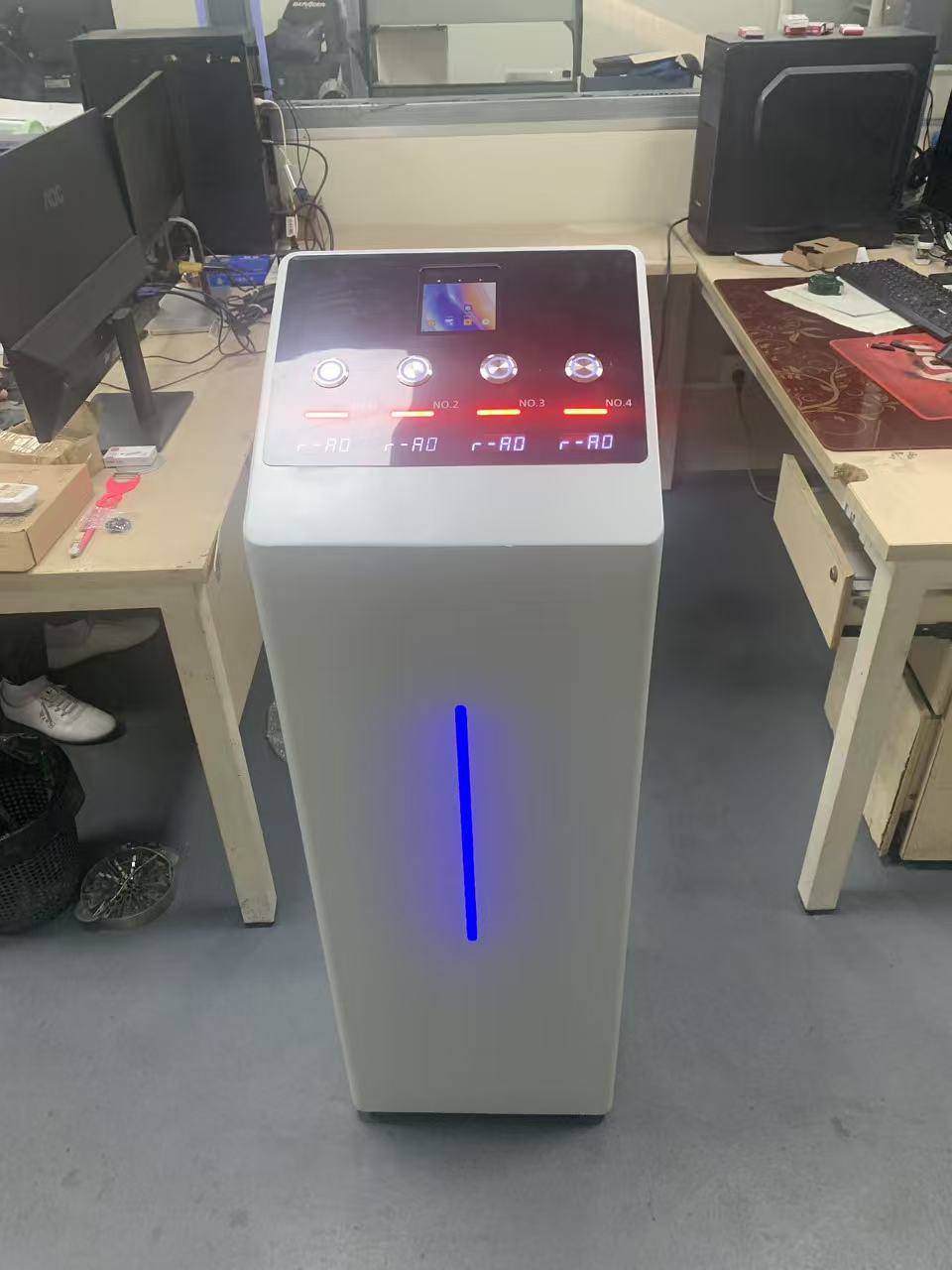Self-service machines have become an integral part of modern life, offering convenience, efficiency, and cost savings across various industries. From ATMs and self-checkout kiosks to automated ticket dispensers and food-ordering terminals, these machines empower users to complete transactions independently without direct human assistance. The rise of self-service technology reflects broader trends in automation, digitalization, and consumer preference for speed and convenience. This essay explores the evolution, benefits, challenges, and future prospects of self-service machines.
Evolution of Self-Service Machines
The concept of self-service dates back to the early 20th century, with the introduction of vending machines and coin-operated devices. However, the real breakthrough came in 1967 when the first Automated Teller Machine (ATM) was installed by Barclays Bank in London. This innovation revolutionized banking by allowing customers to withdraw cash outside of business hours.
In the 1980s and 1990s, self-service expanded into retail with the introduction of self-checkout systems in supermarkets. Companies like IBM and NCR pioneered these systems, reducing checkout times and labor costs. The 21st century saw further advancements, including:
- Self-ordering kiosks in fast-food chains (e.g., McDonald’s, KFC)
- Self-service ticket machines in transportation hubs
- Automated grocery stores (e.g., Amazon Go)
- Self-service parcel lockers for e-commerce deliveries
Today, self-service machines are ubiquitous, driven by advancements in touchscreen technology, AI, and IoT (Internet of Things).

 RELATED
RELATED
 RELATED
RELATED
 RELATED
RELATED
 RELATED
RELATED

Fujian Haihongchuang Intelligent Technology Co., Ltd. is an IoT technology company engaged in the research and development and operation and maintenance of IoT platforms.
About

Follow us
Copyright © 2022 Suzhou Xiangyun Platform Information Technology Co., Ltd
SitemapMain business area: Beijing Suzhou
This website uses cookies to ensure you get the best experience on our website.